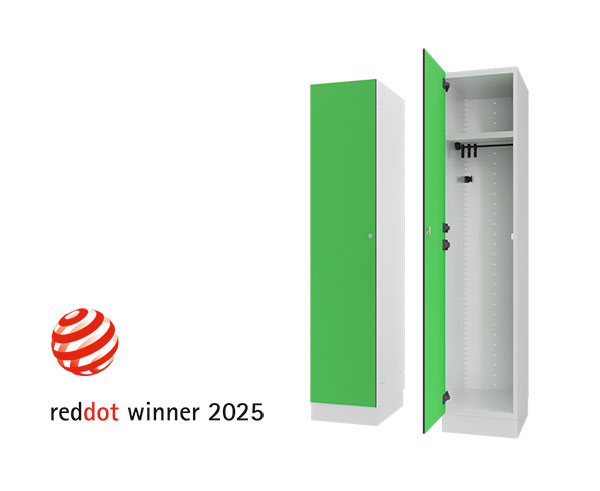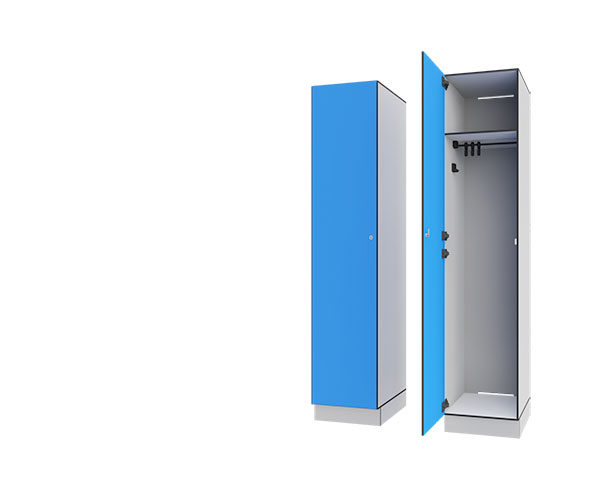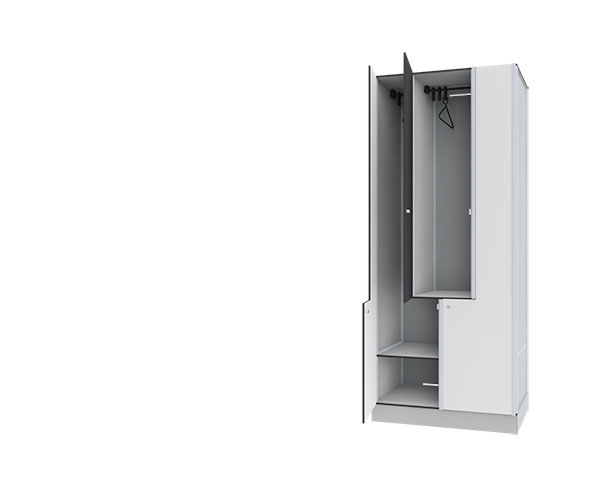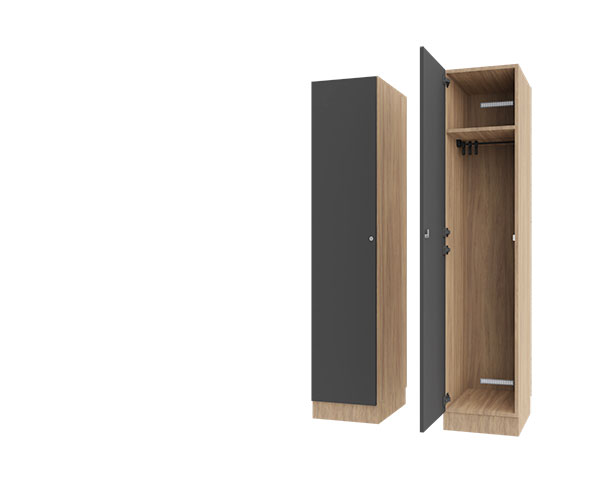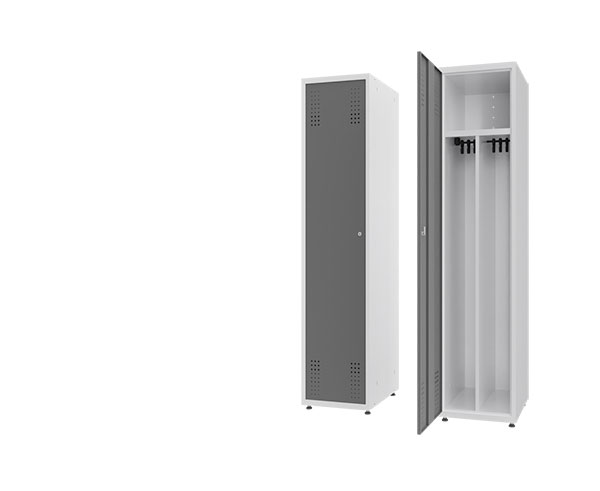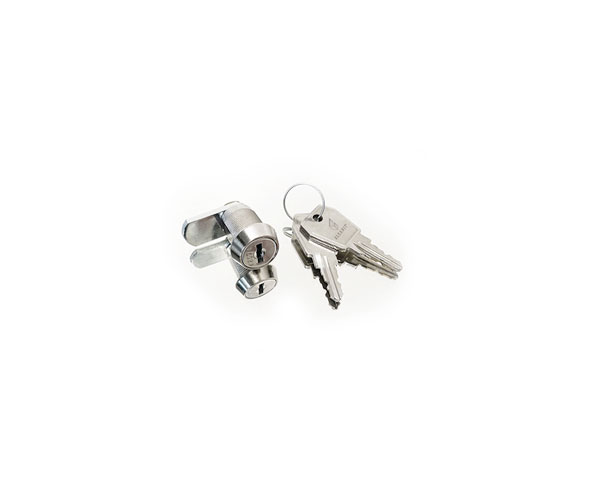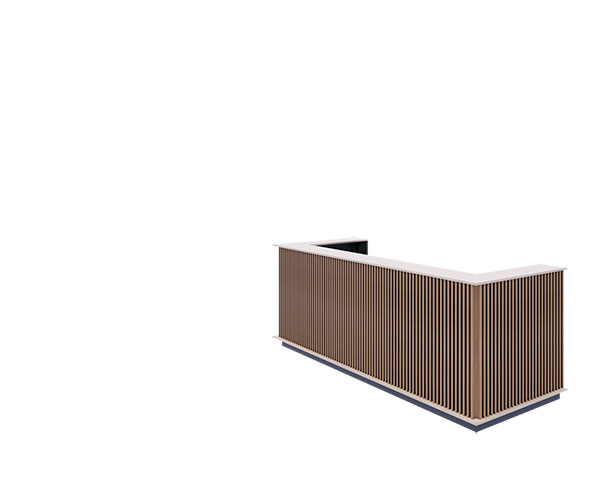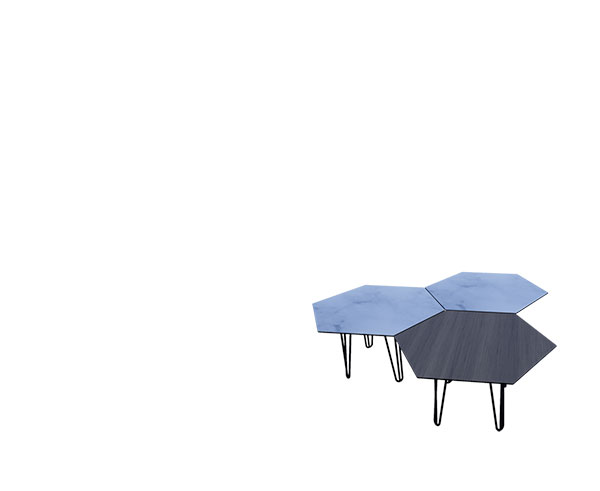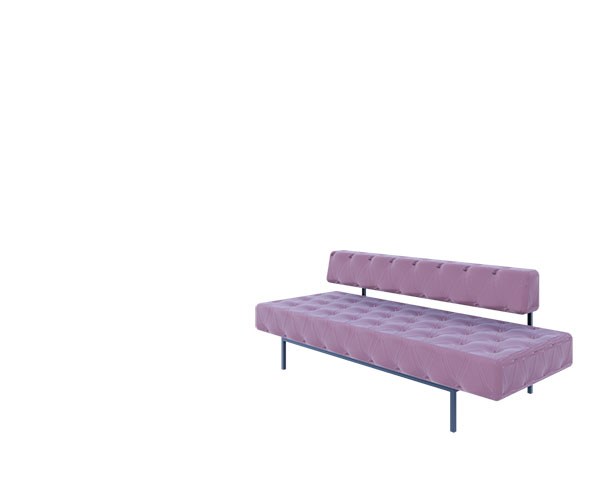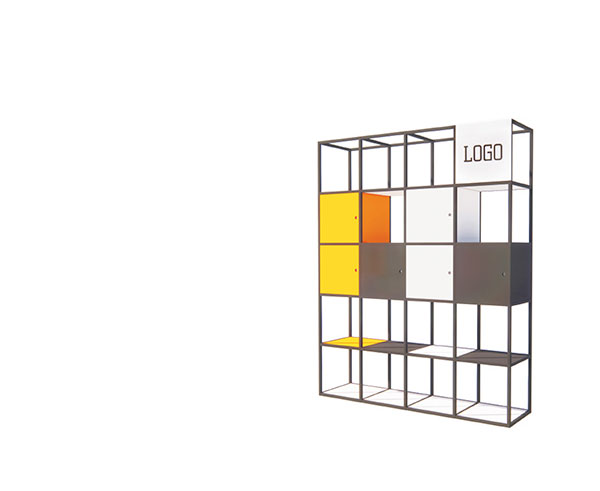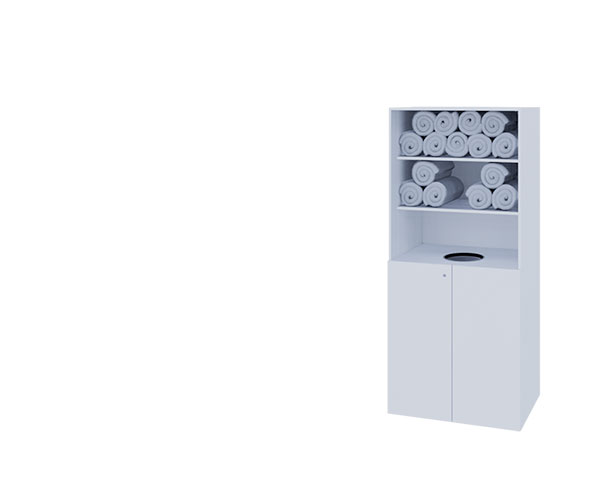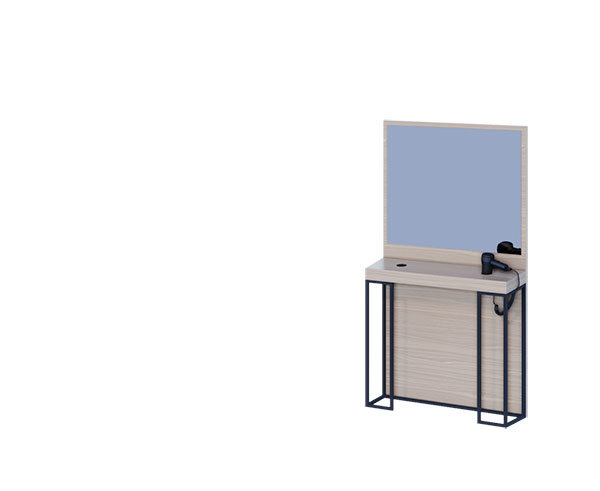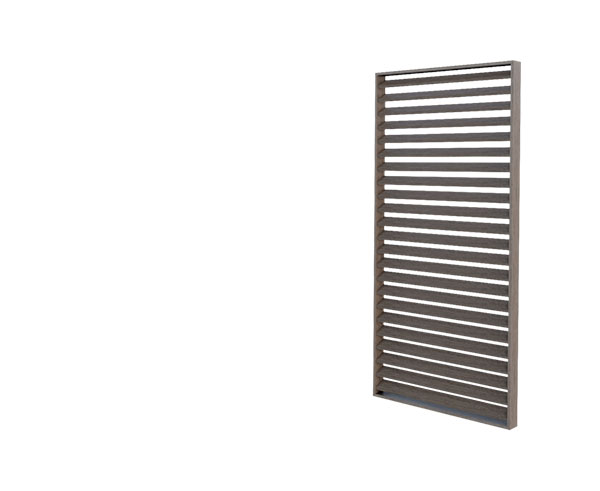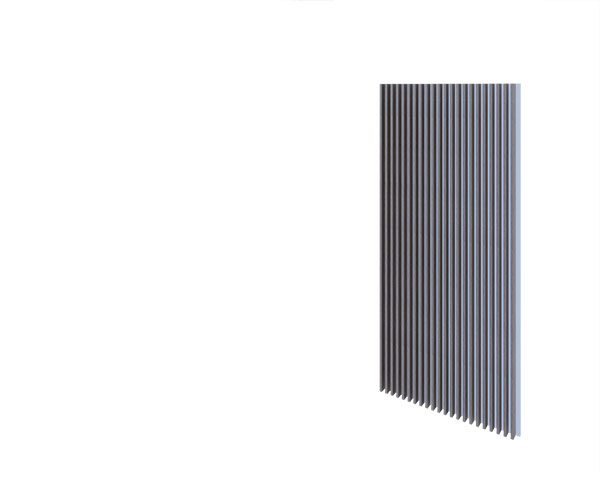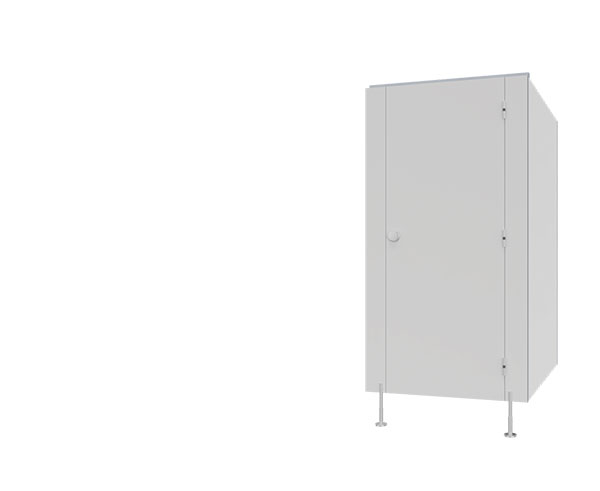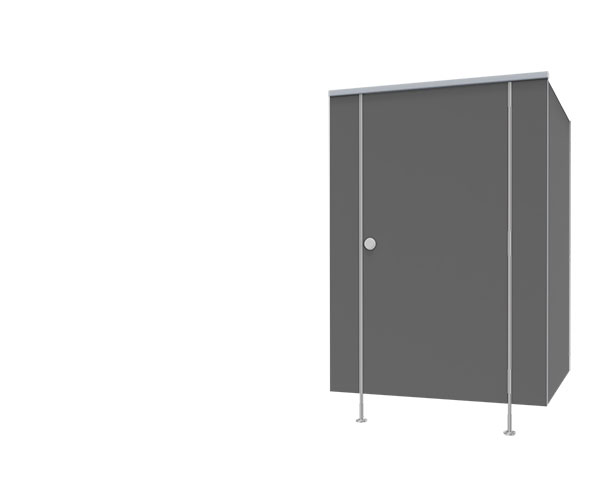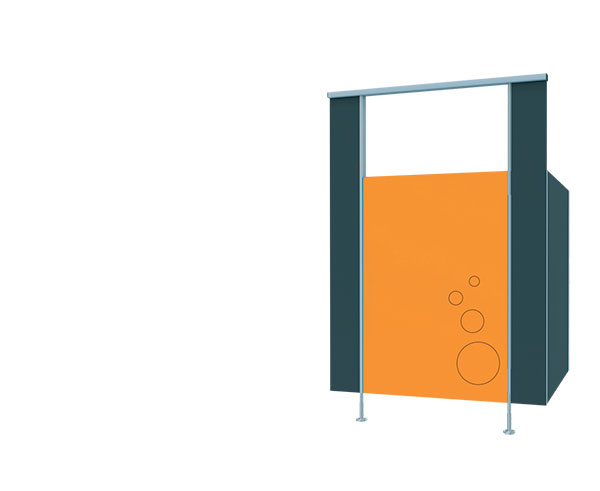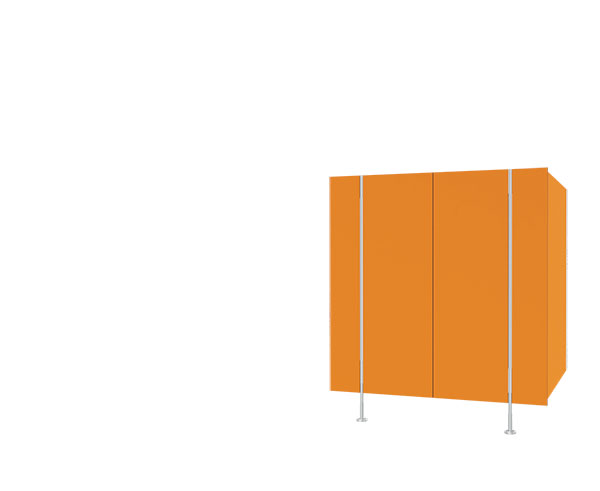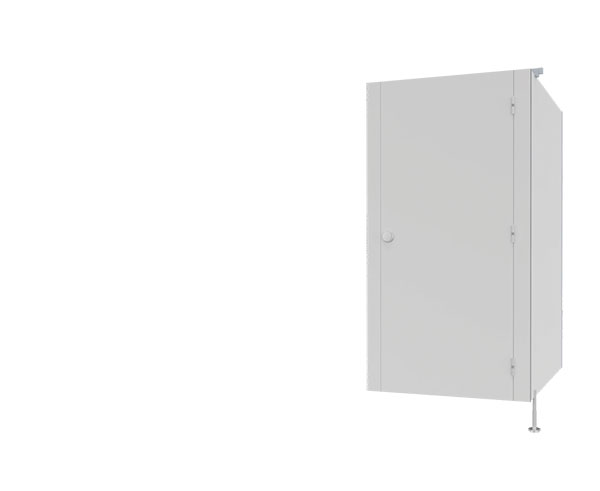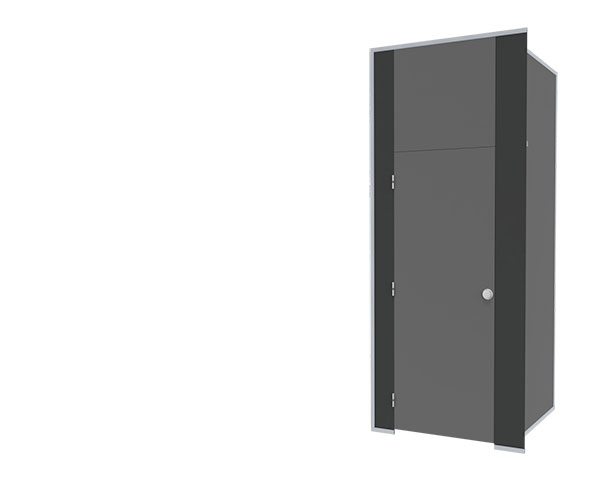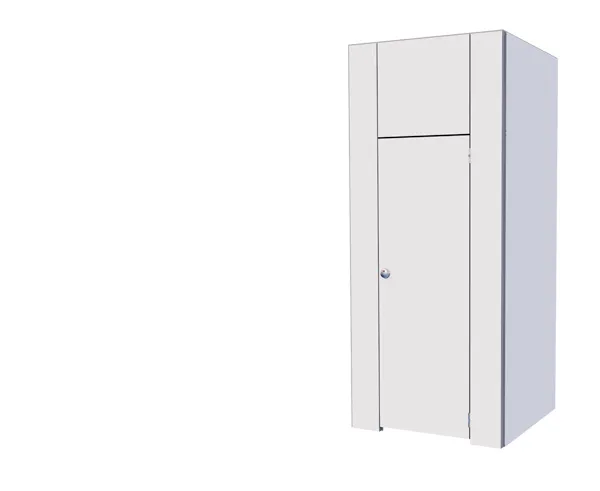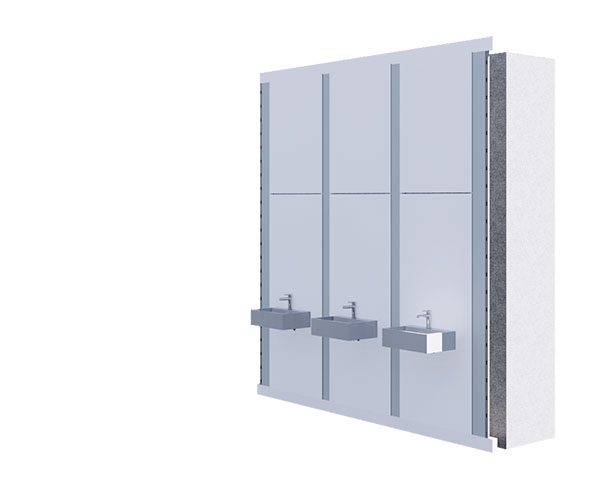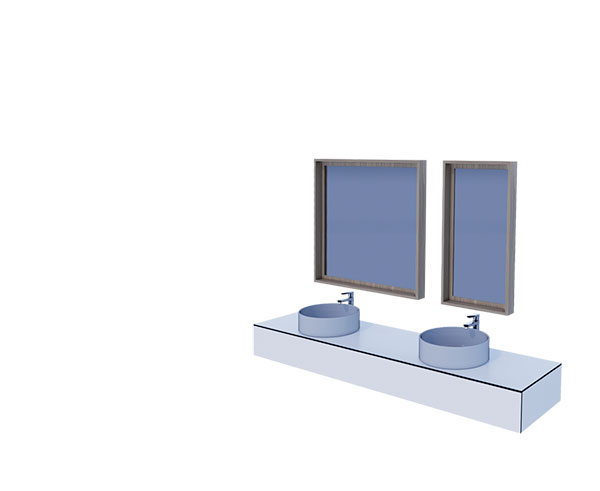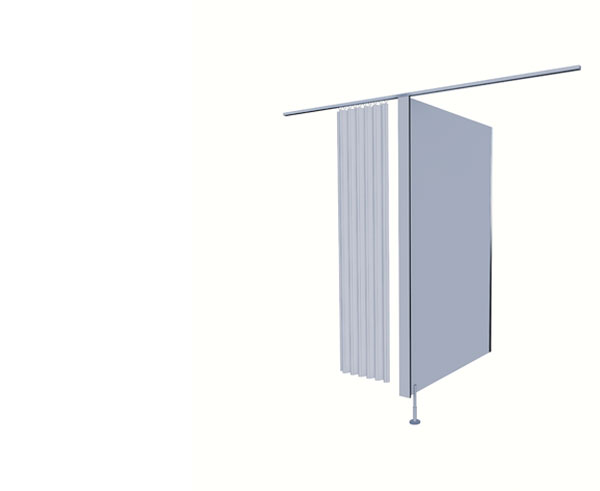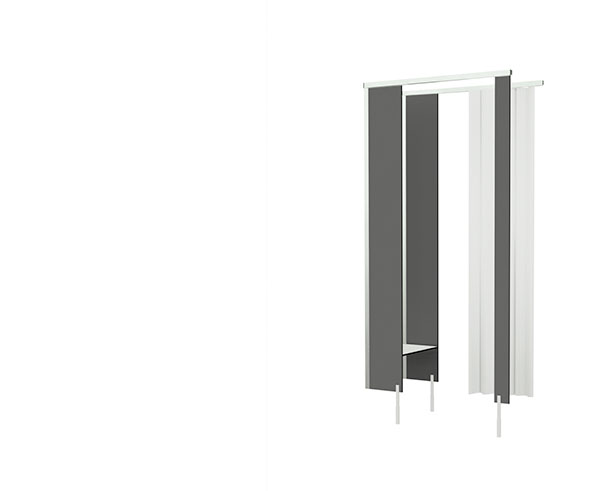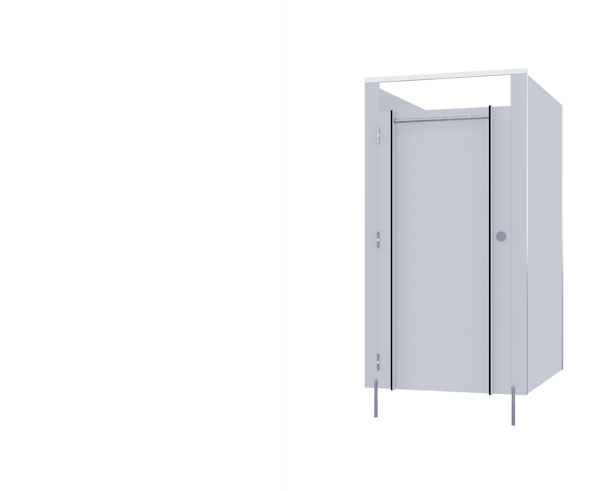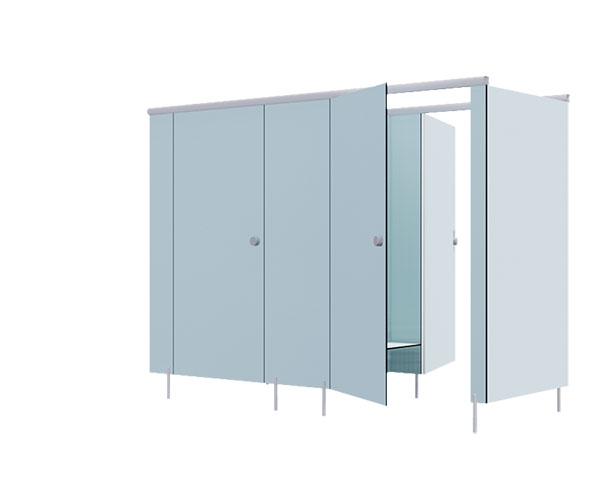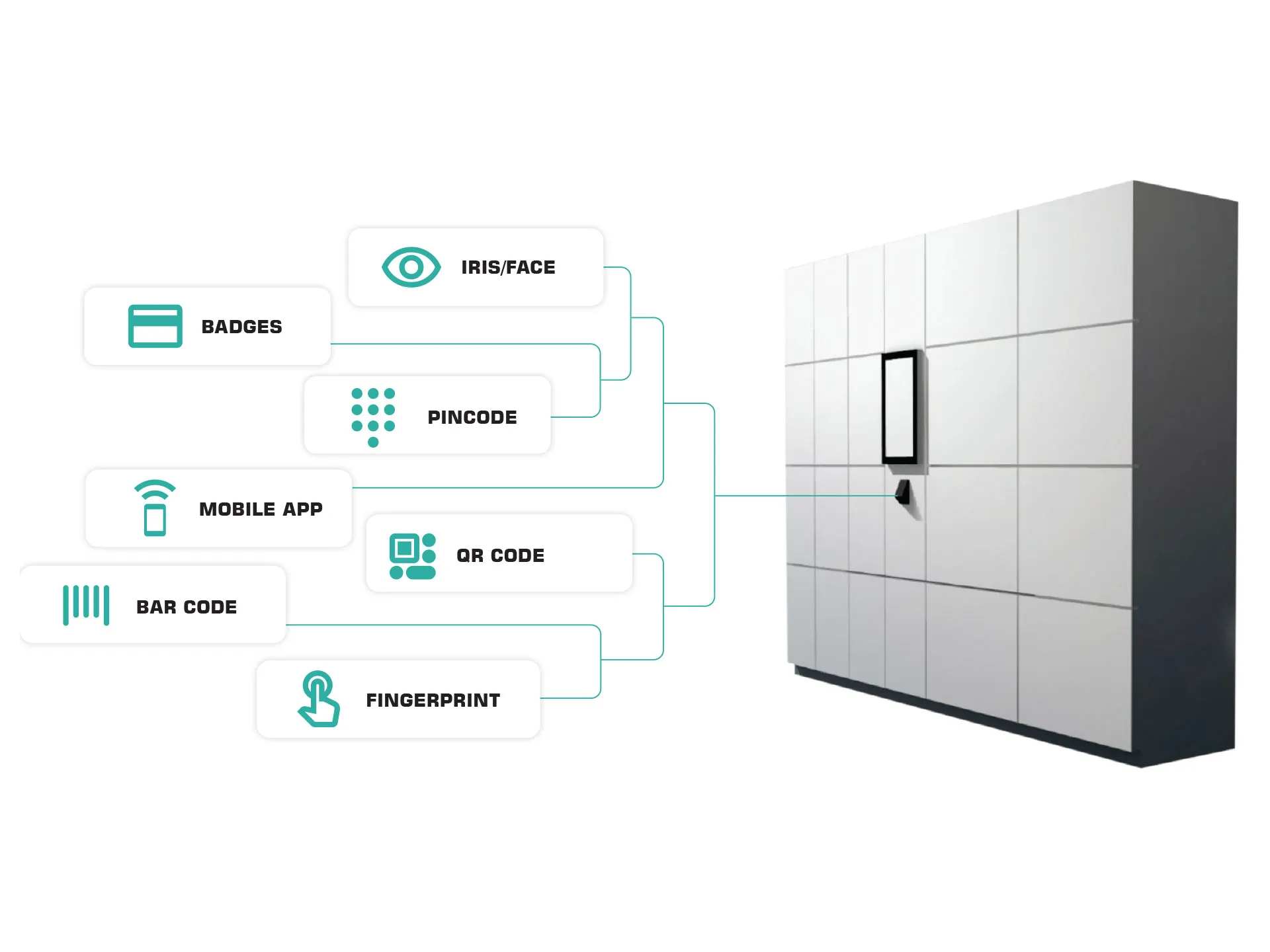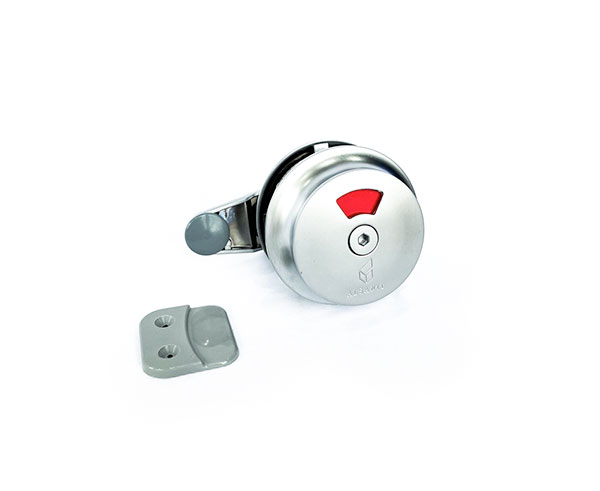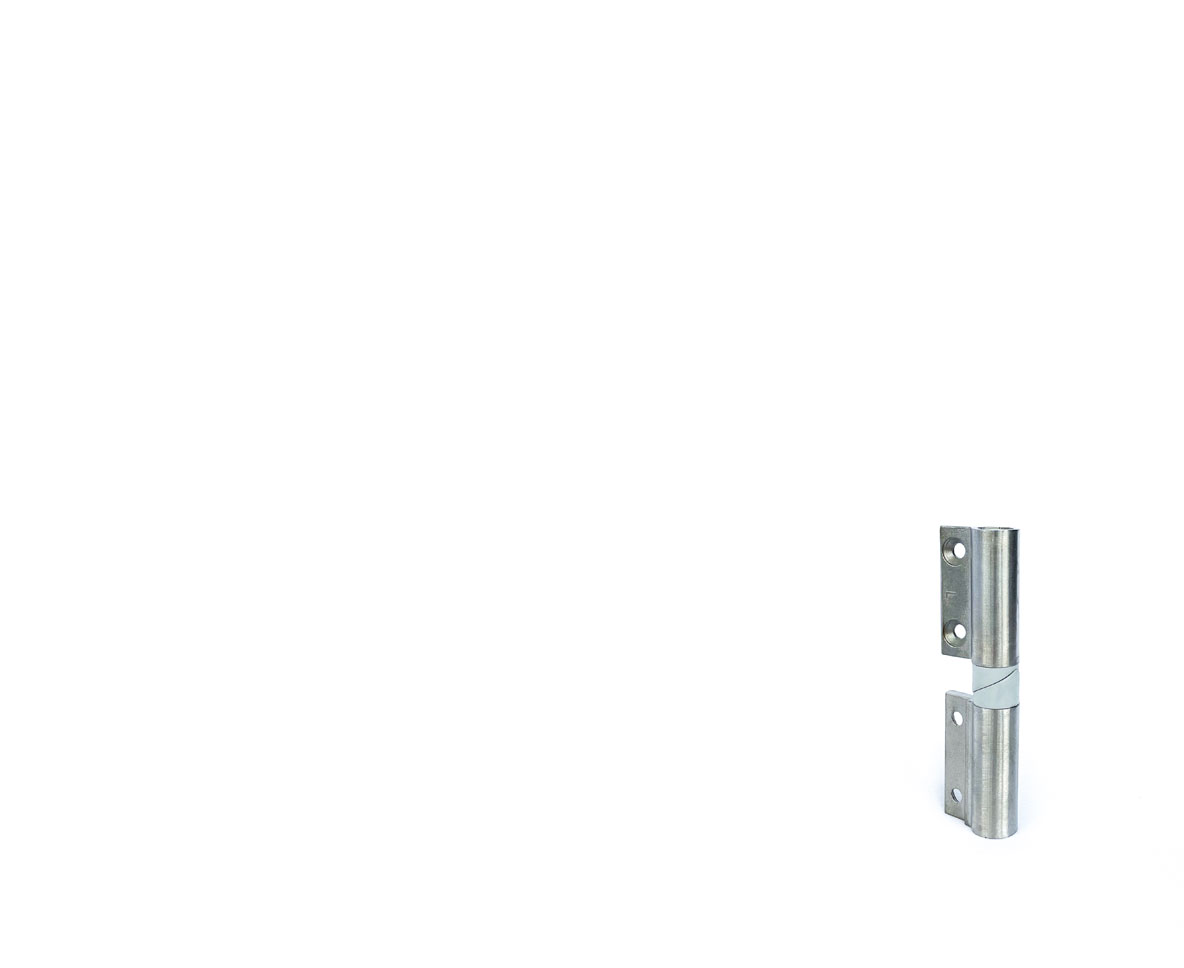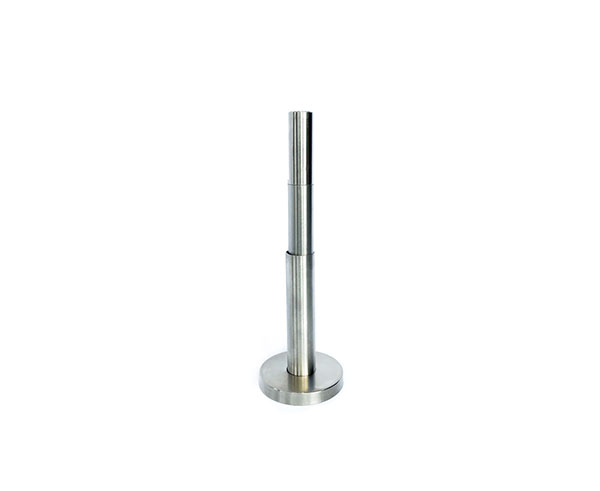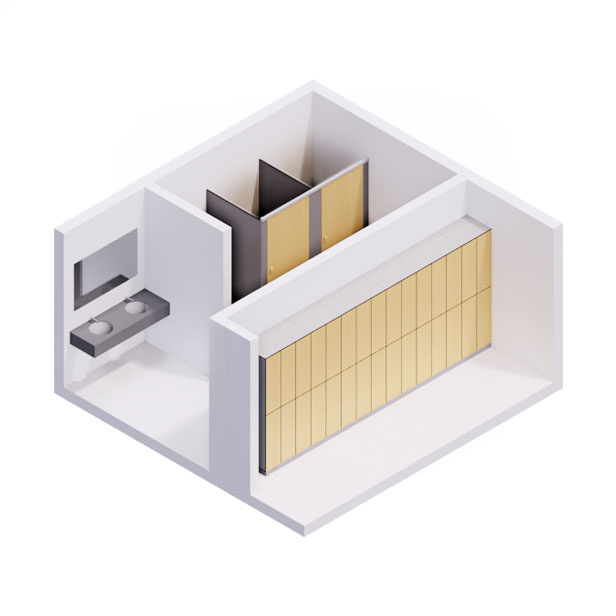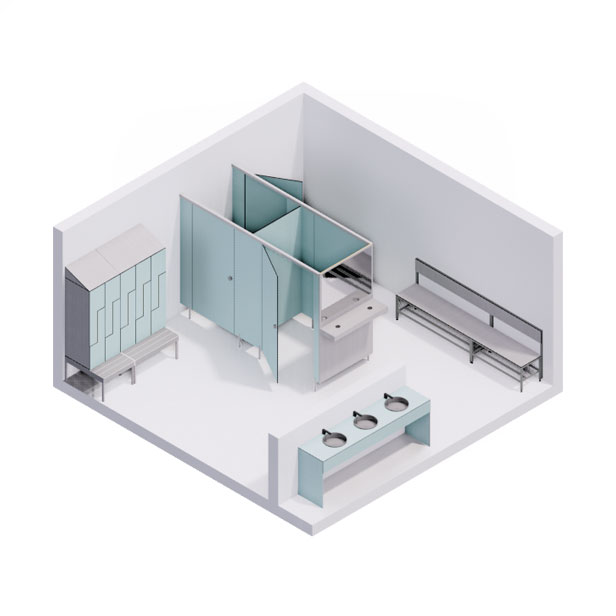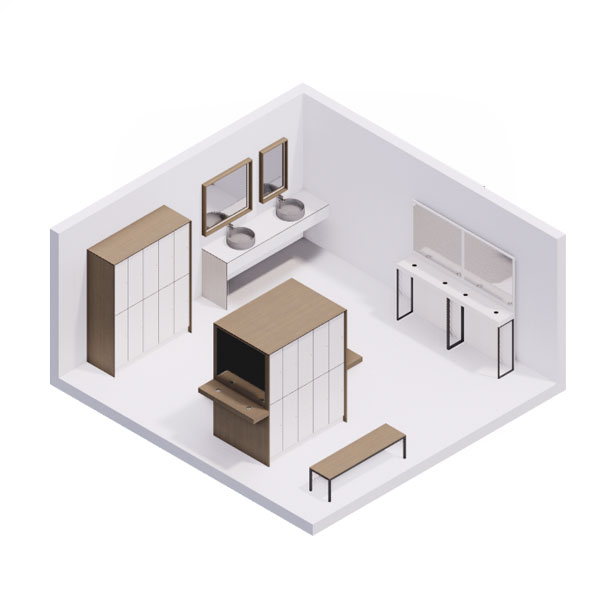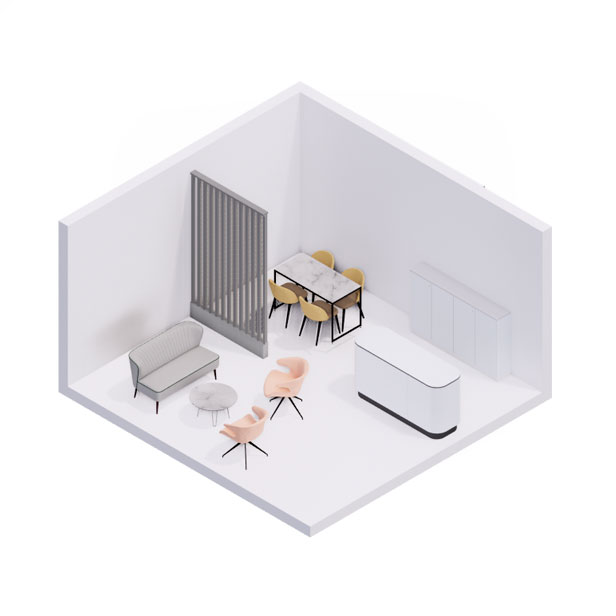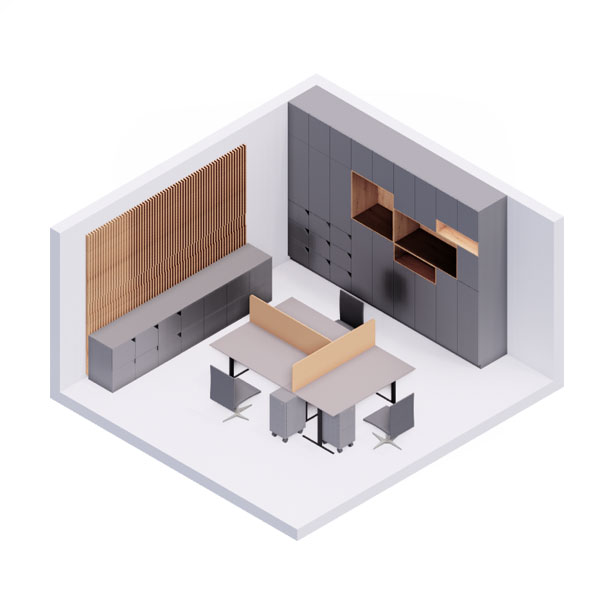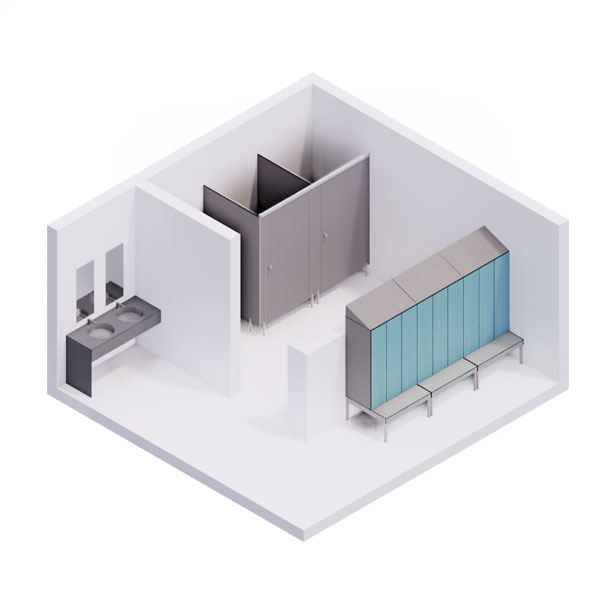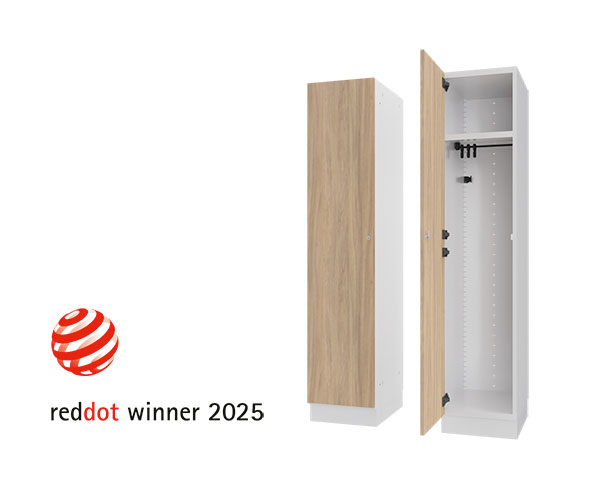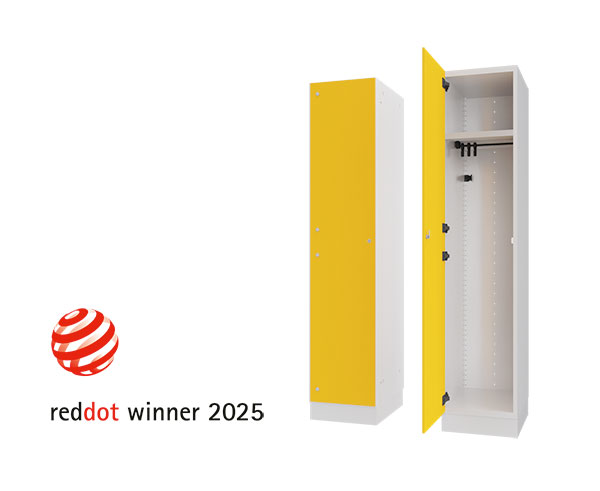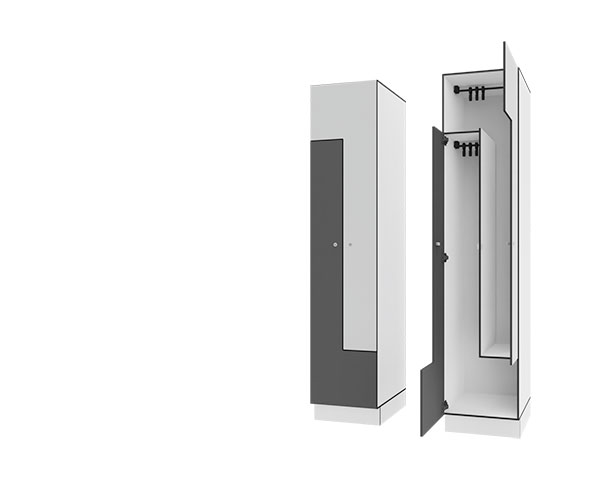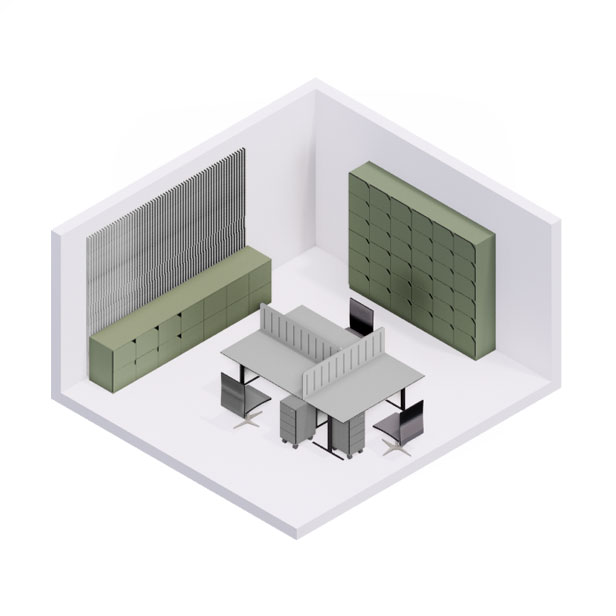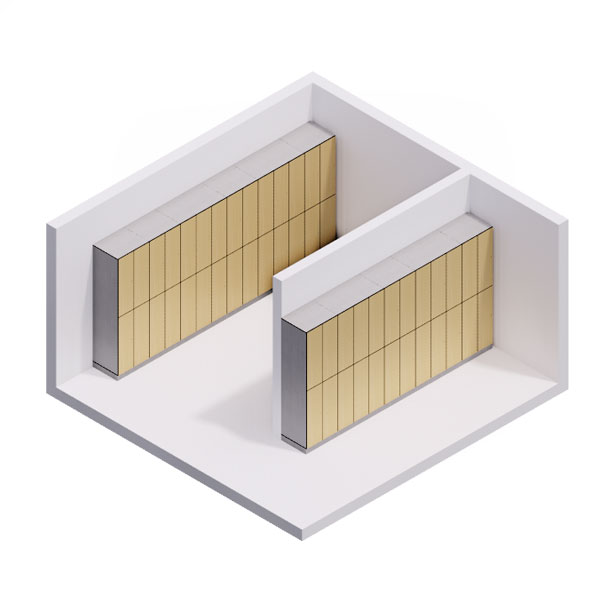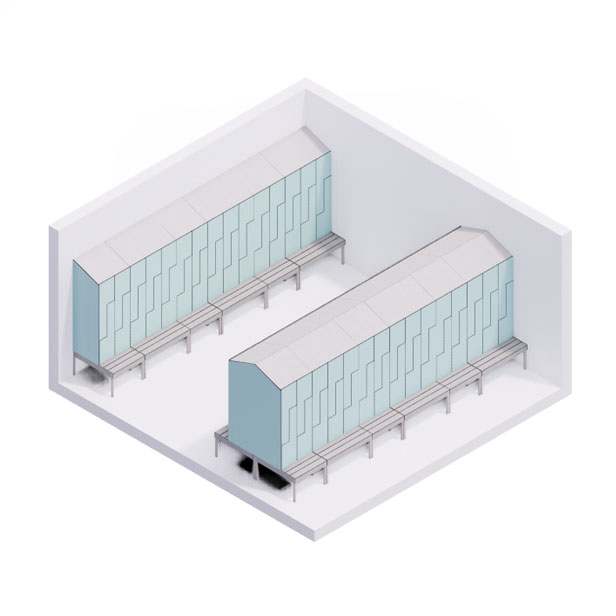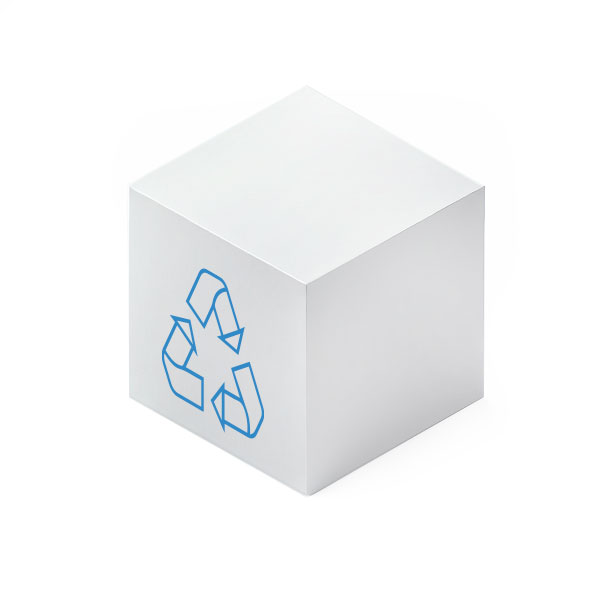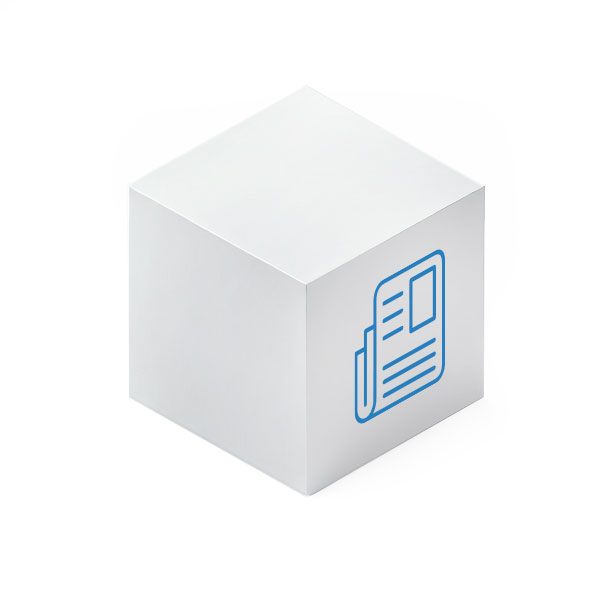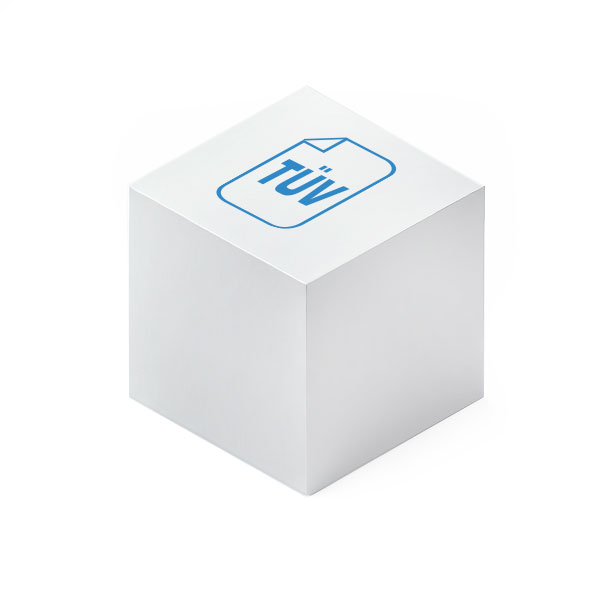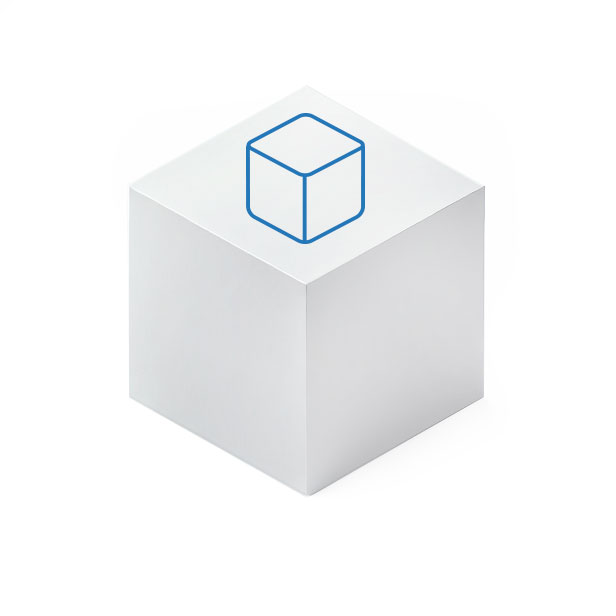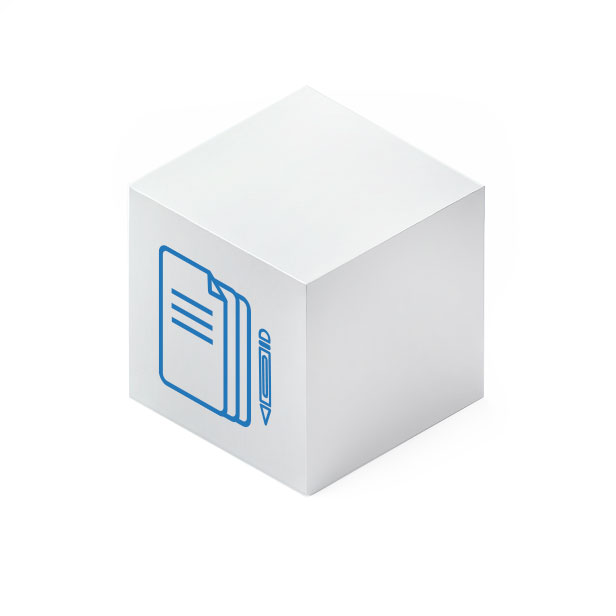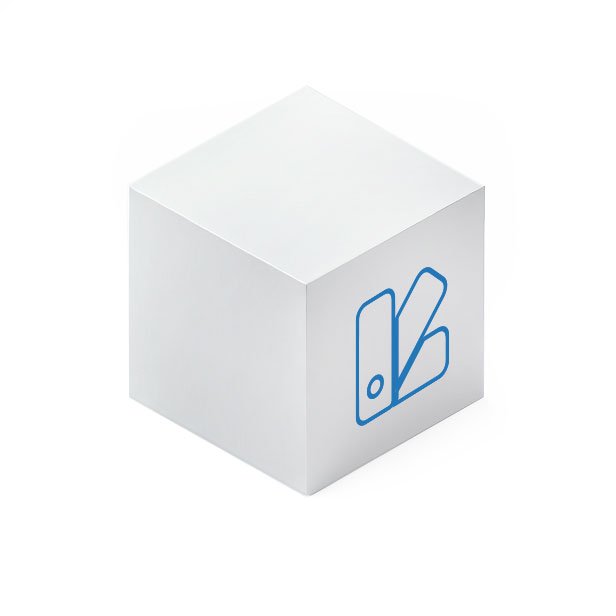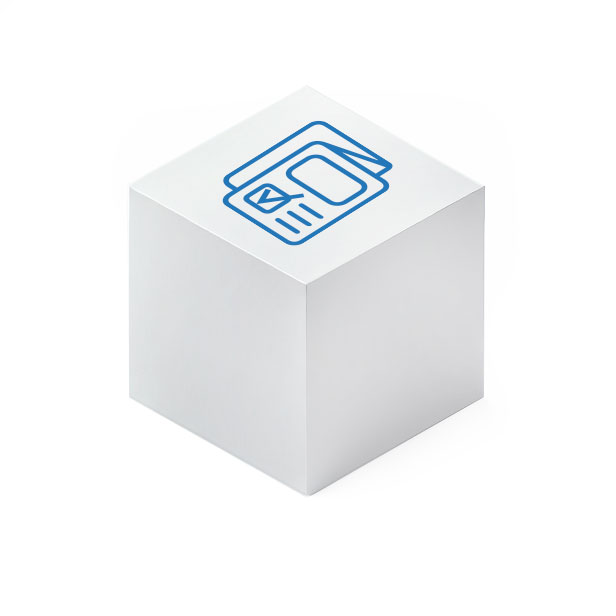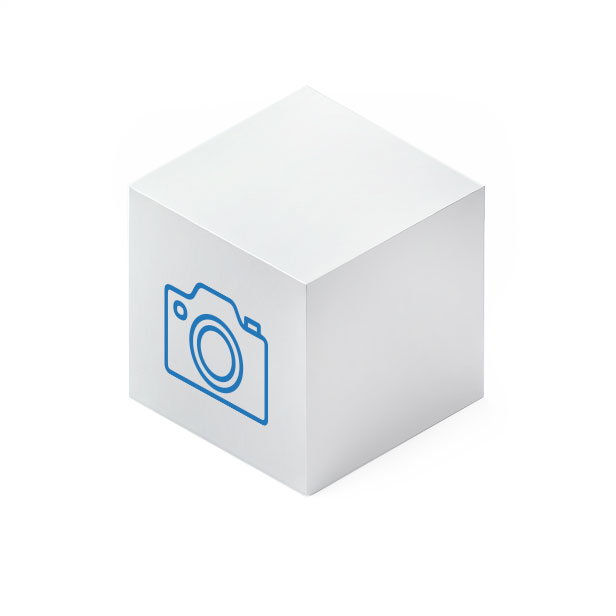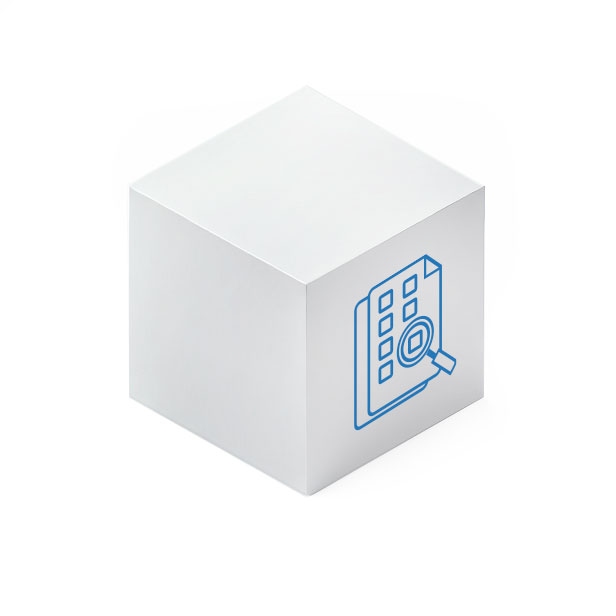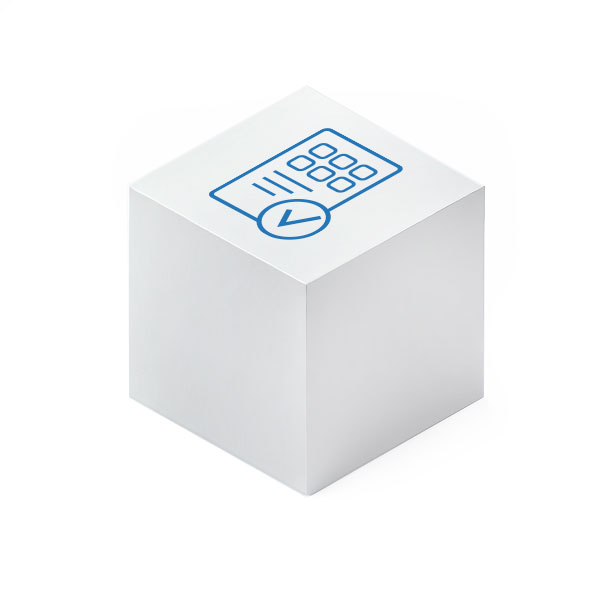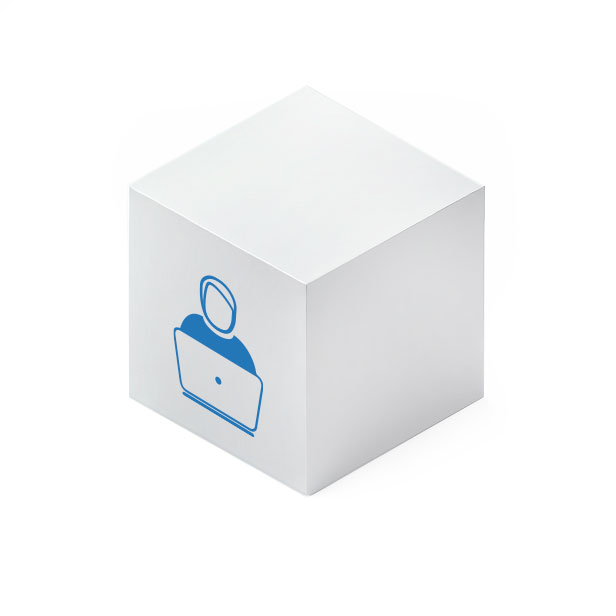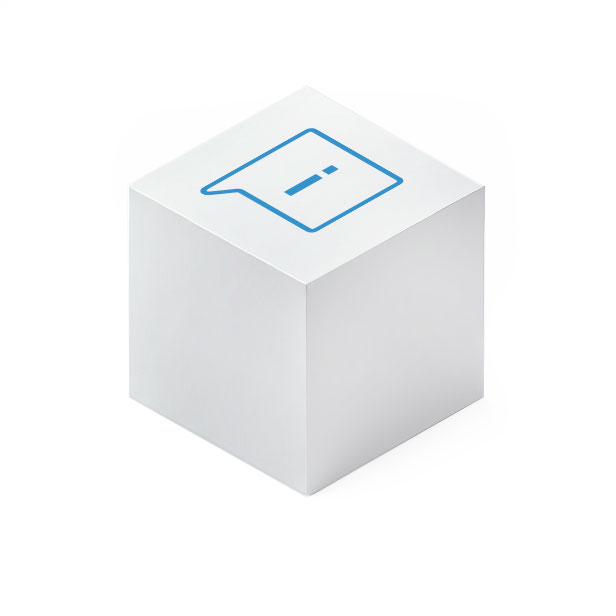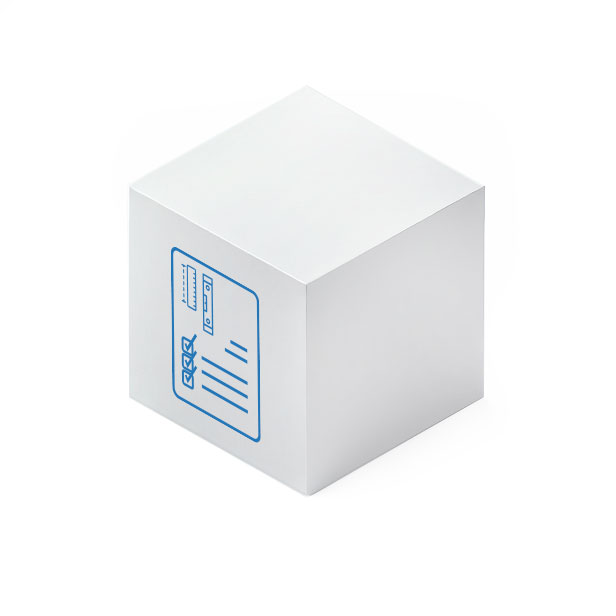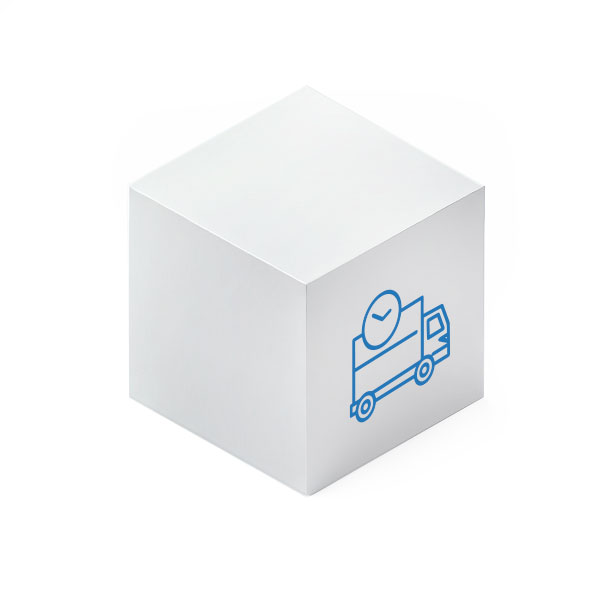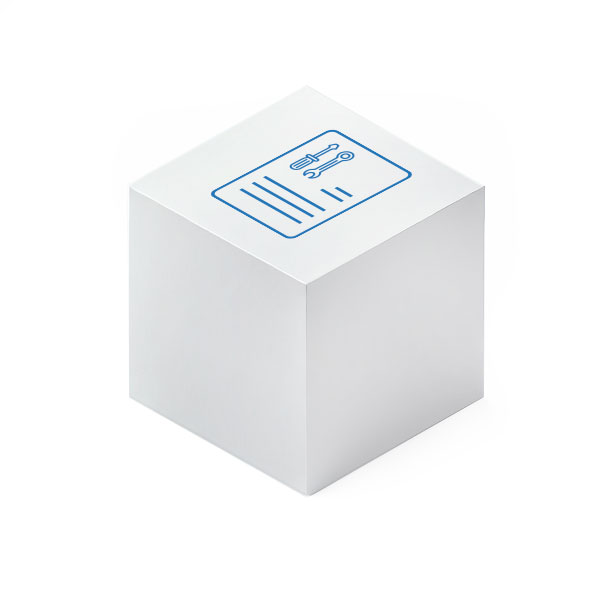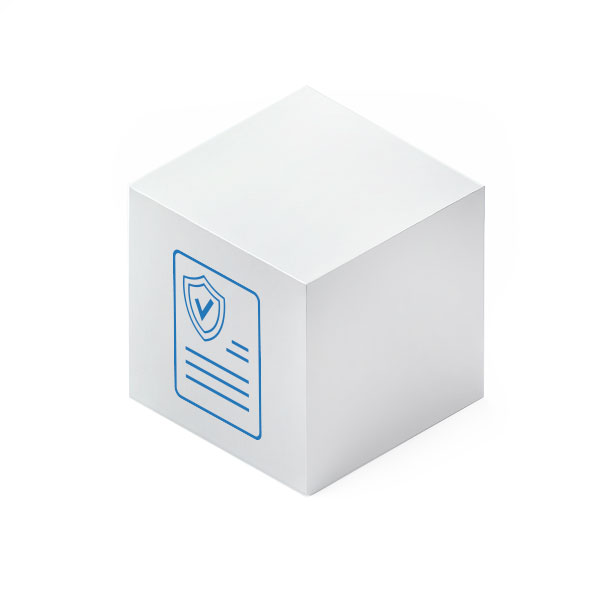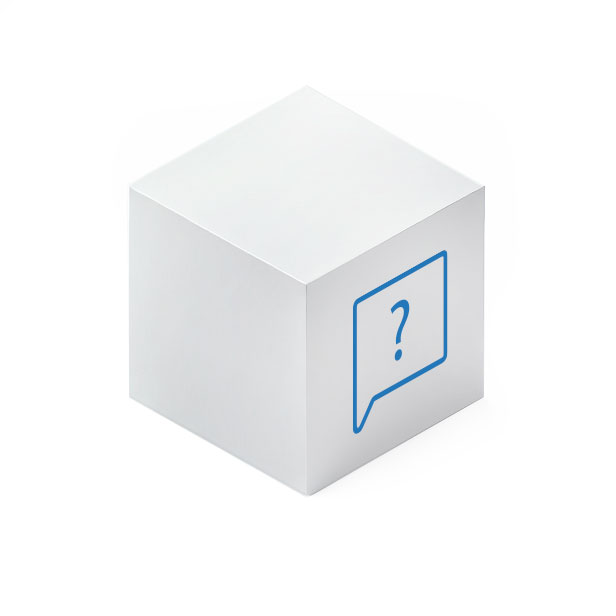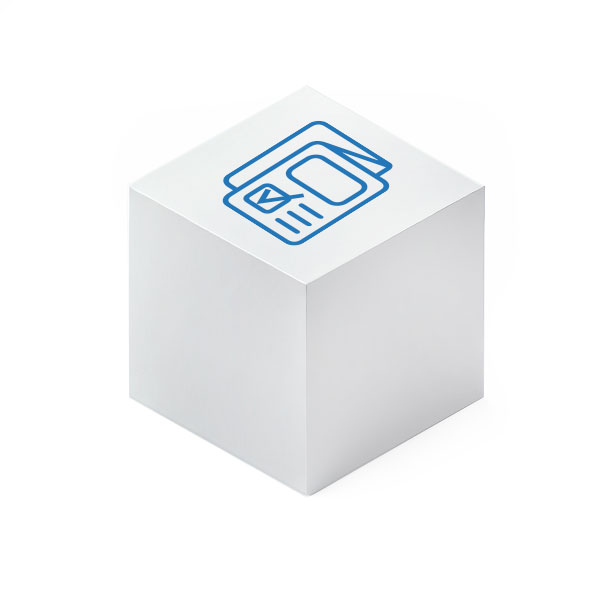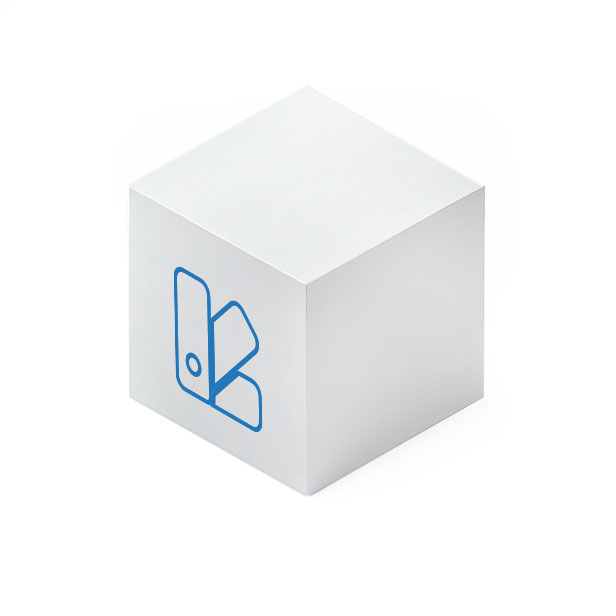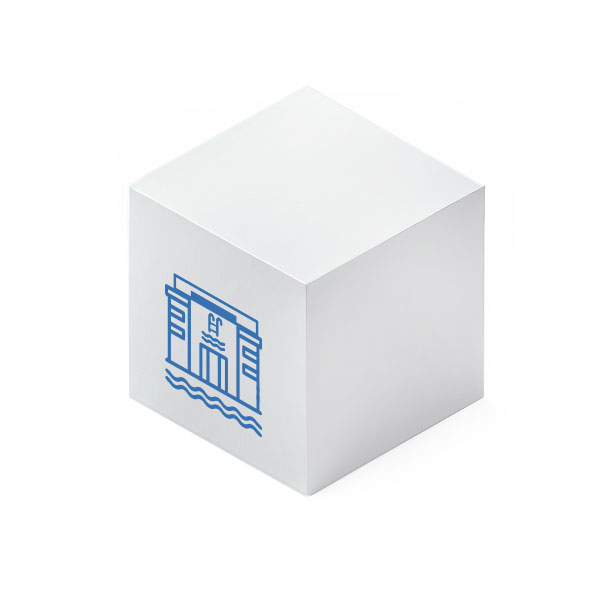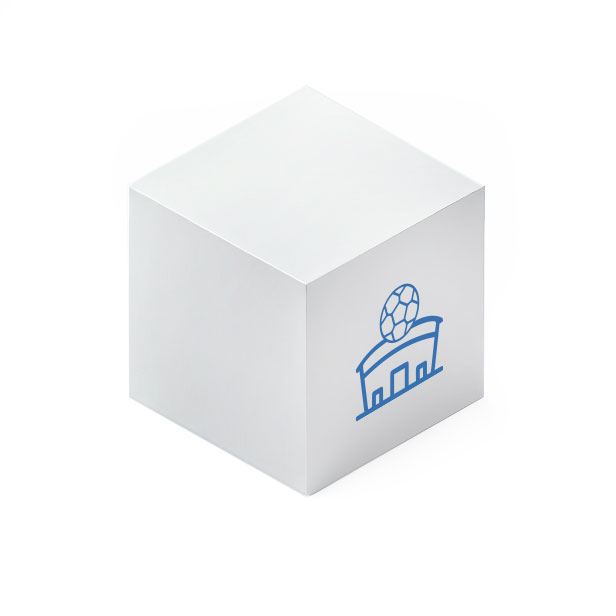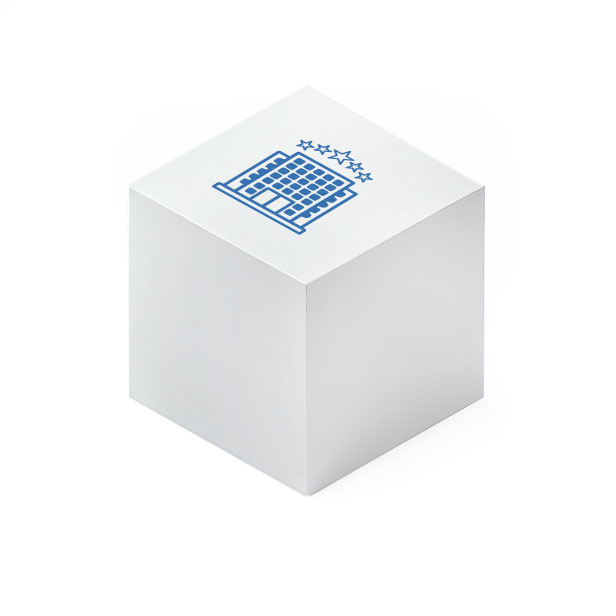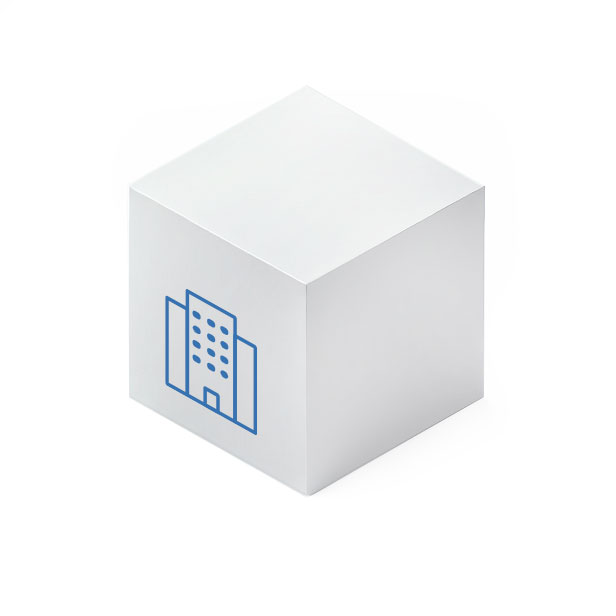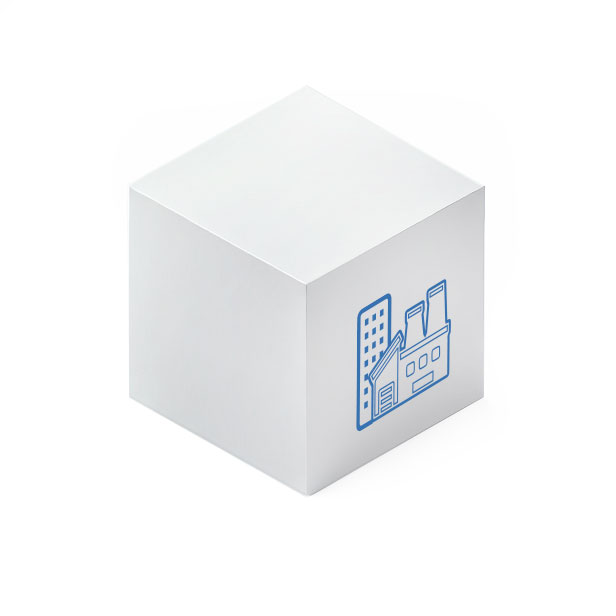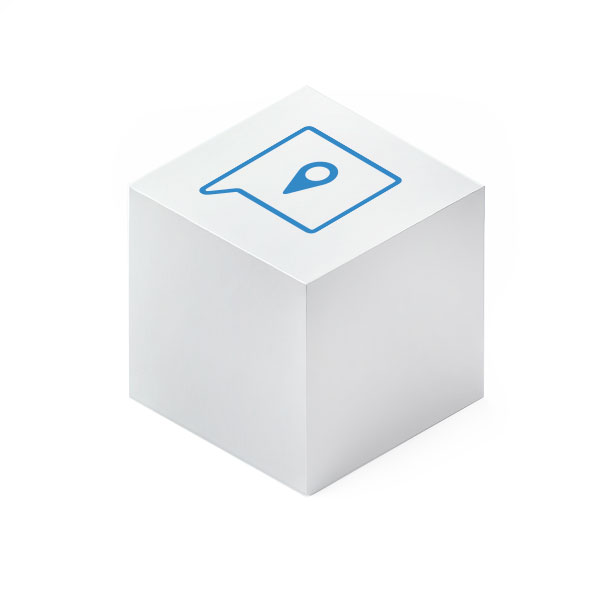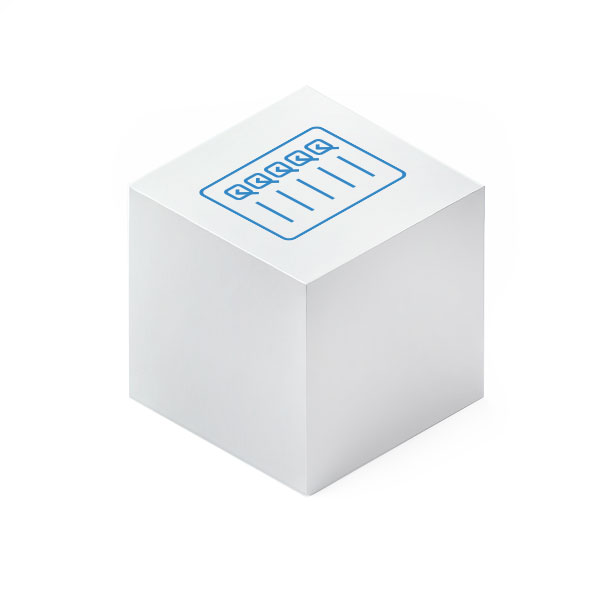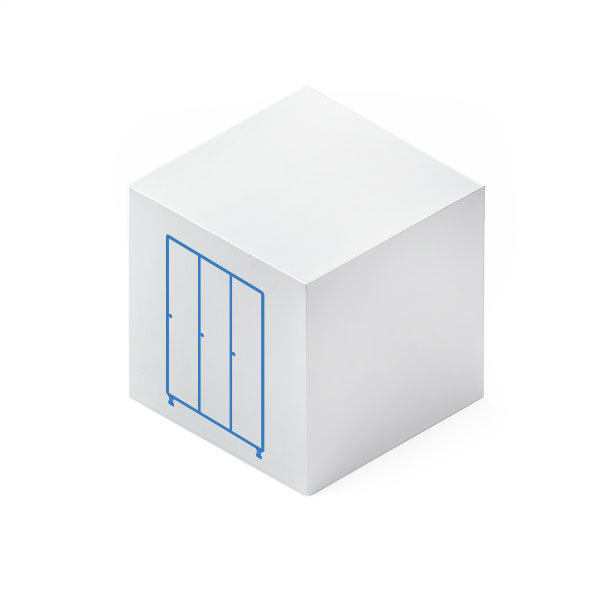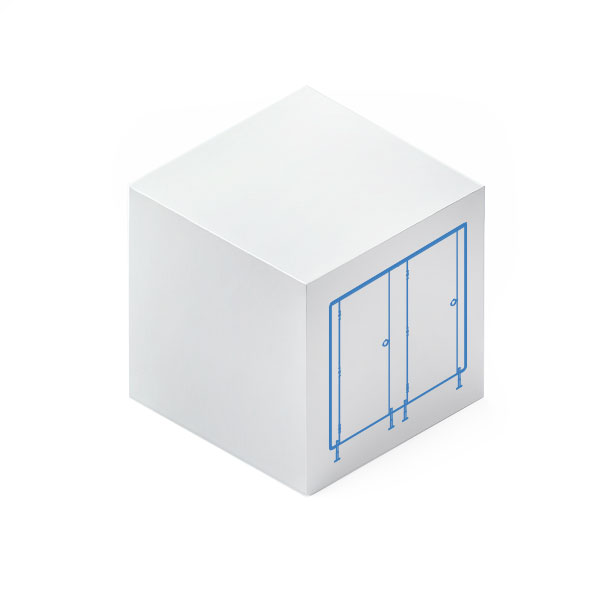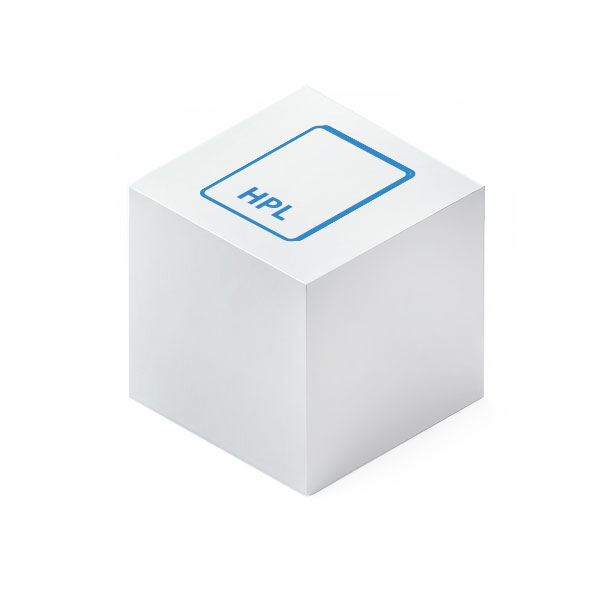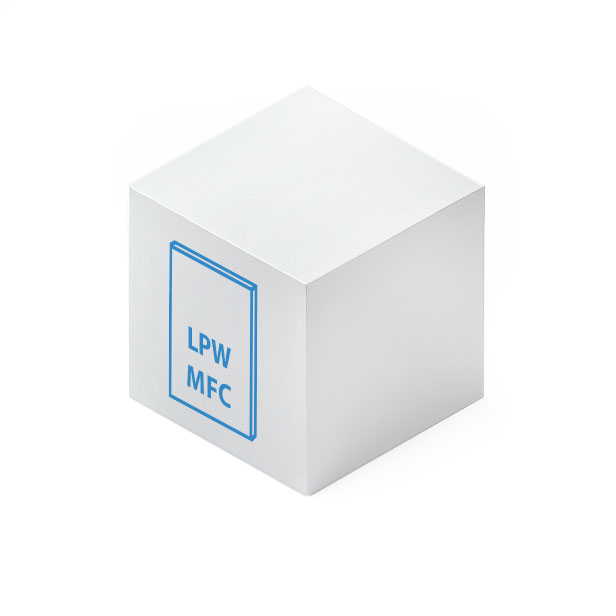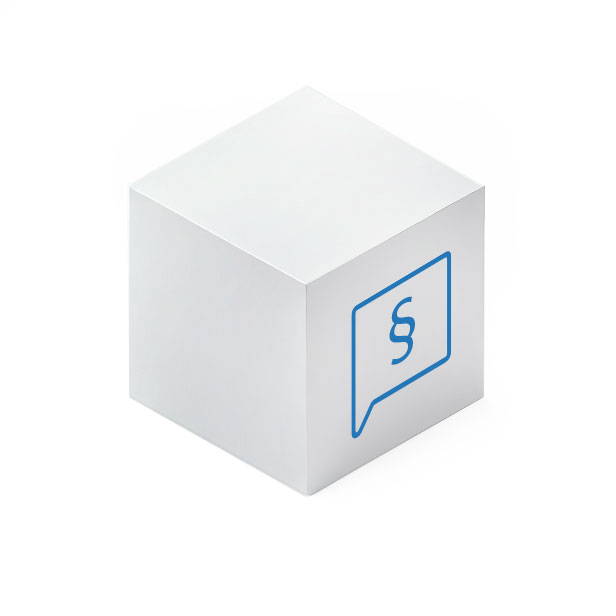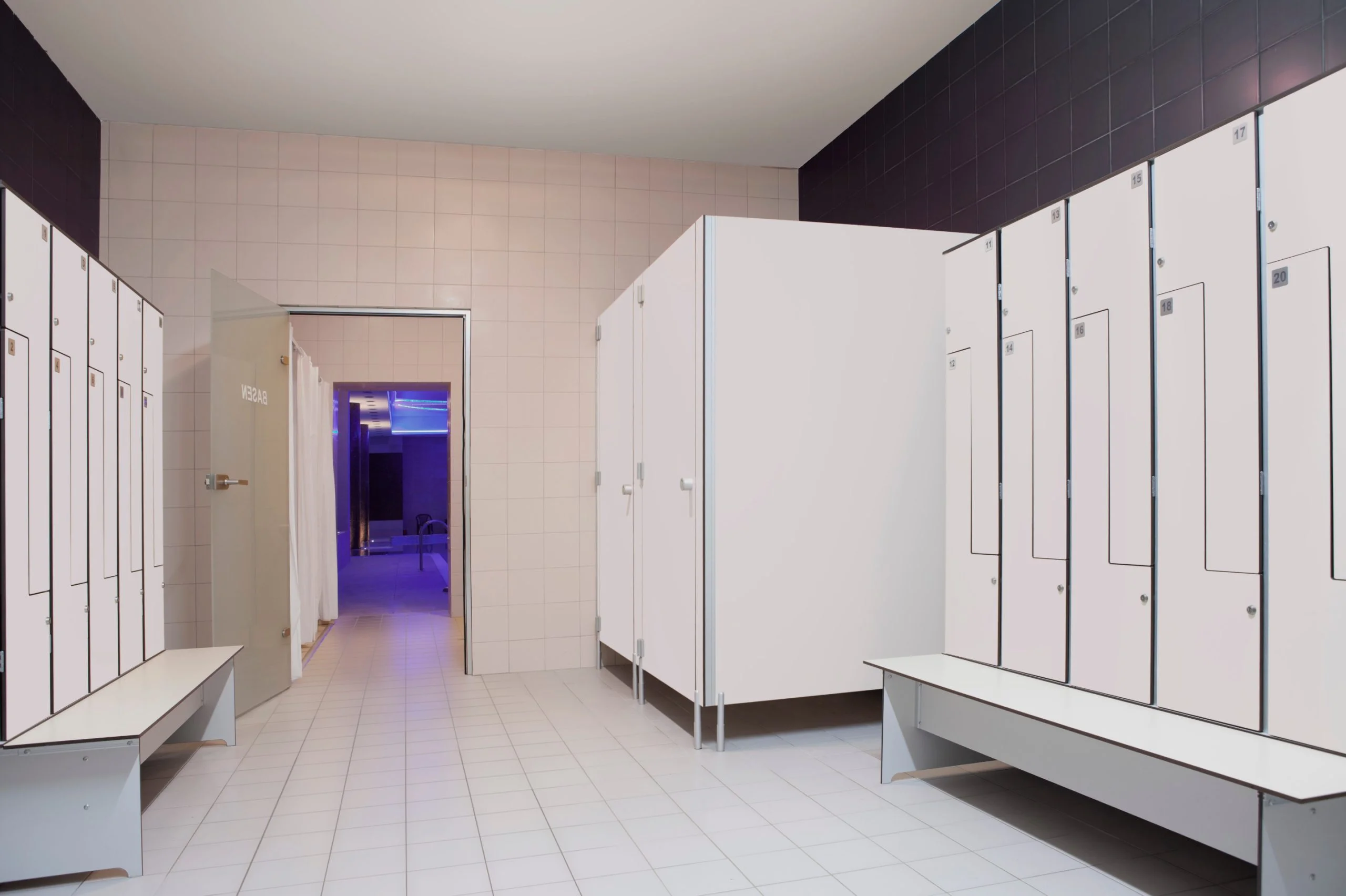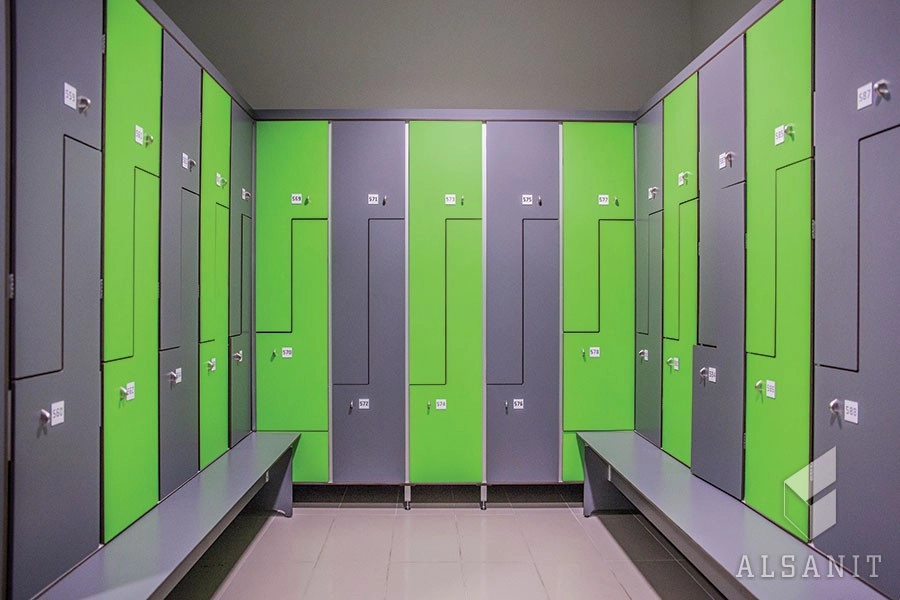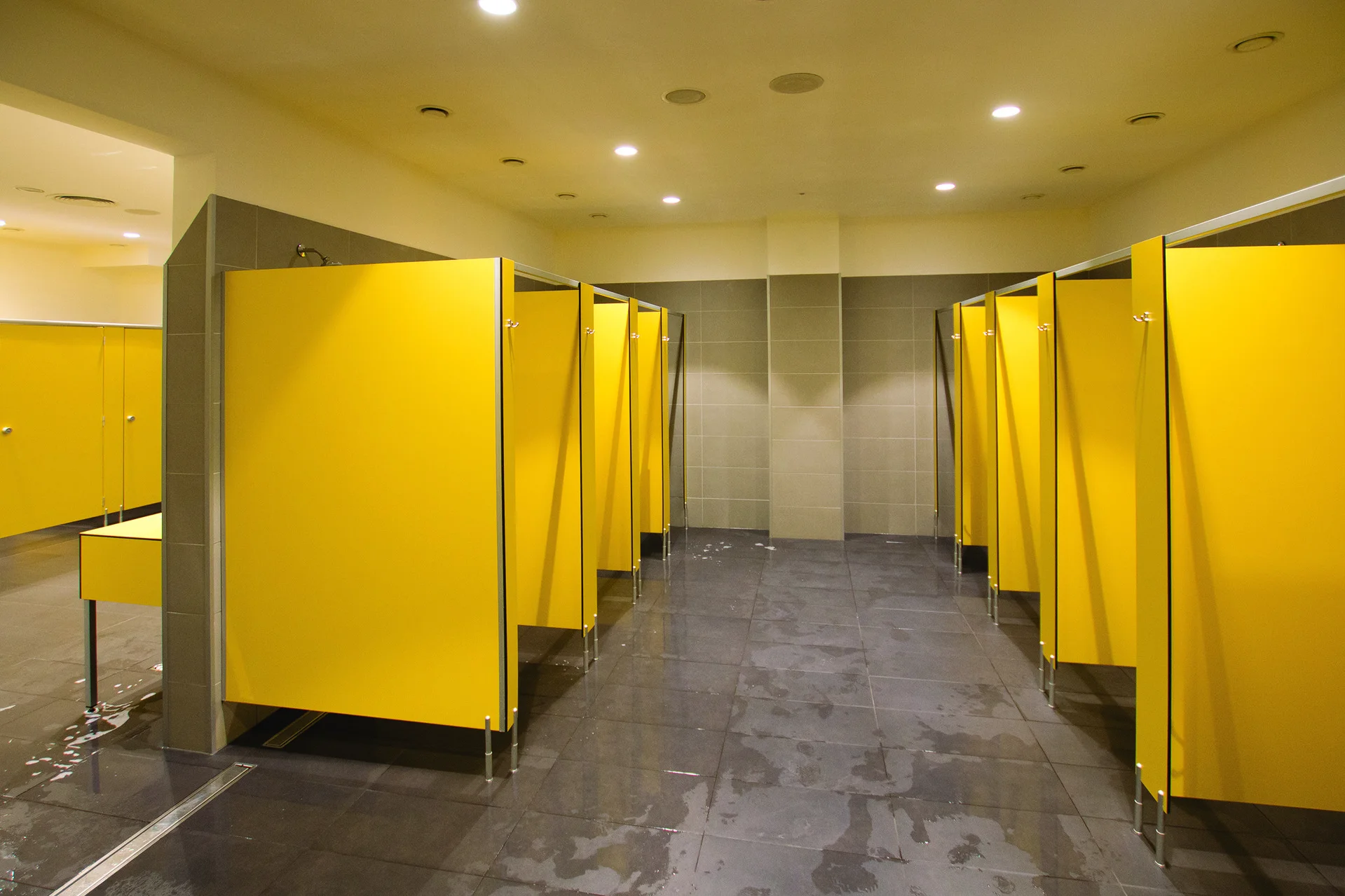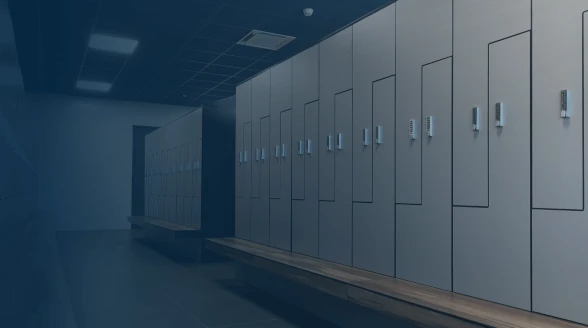HPL board – what is it and what applications does it have?
HPL boards are elements that are increasingly used in various fields of construction, industry or the finishing industry. All thanks to their exceptional practical properties and more. What exactly is HPL laminate, how does it come to be a uniform and durable material, and what are the applications of boards made from it? Answers to all these questions and much more can be found in the following post. You are welcome!
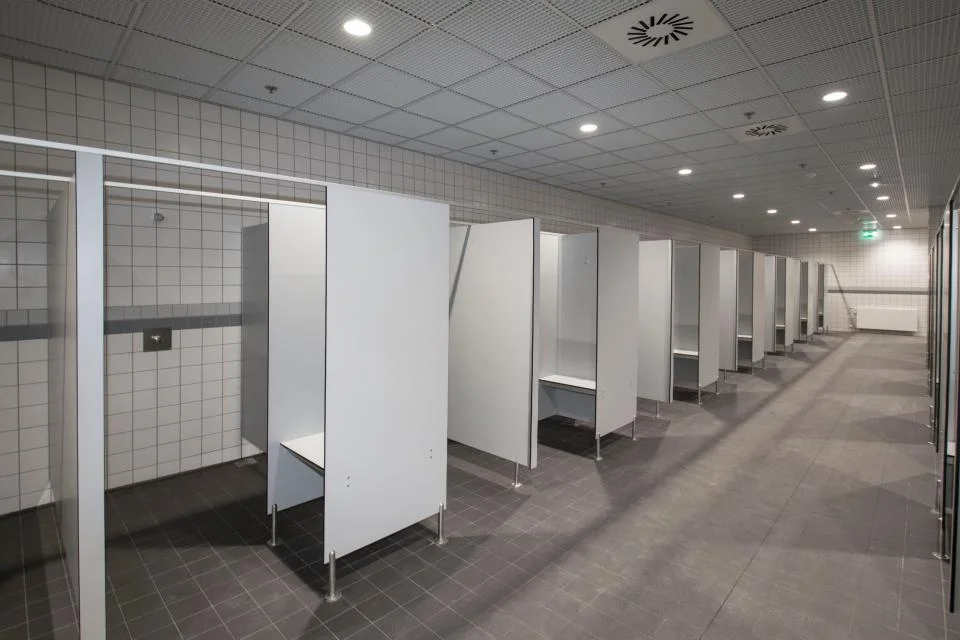
What is an HPL board?
HPL, or high pressure laminate, as the name suggests, is a laminate[1] produced under high pressure. Boards of this type are created from several or more layers of paper impregnated with resin. Under high pressure, and at a sufficiently high temperature, a material is created that has very good visual properties, and is also extremely resistant to adverse factors (both internal and external).
The result of the entire process is a material with a coherent structure, which does not delaminate again or undergo any undesirable transformations. As a result, it is used as a substitute for wood, metal or other plastics used for exterior and interior structures.
Main applications of HPL boards
HPL boards, thanks to their properties (which are derived from the indicated production process), are suitable for many different applications. They can be used both outdoors and indoors. As for the first group, laminates are used as:
- Facade panels – color and decorative possibilities allow to achieve very interesting visual effects. HPL facade panels are increasingly used in modern office buildings, public buildings, as well as blocks of flats or single-family houses.
- Balustrades and balcony building elements – HPL panels are so durable that they are perfect as a balcony cover. They present themselves very well and are not susceptible to weathering.
- Fences – in this case, especially HPL transparent panels work well, which, combined with steel posts, create an extremely modern and rather austere composition.
- Roof soffits – due to their durability and ability to fit into any space, HPL boards are great for irregularly shaped areas. Roof soffits must be cut to the millimeter to protect the entire surface accurately.
Naturally, there are many more possible designs and solutions, using the panels in question. It all depends on ingenuity and imagination. HPL panels can serve both a decorative and purely practical function. It is worth noting that HPL panels used outdoors must have an additional UV film to protect the panels from color loss due to strong sunlight.
HPL boards in building interiors
Although the above applications already show the extraordinary diversity and versatility of HPL laminate panels, this is only the beginning of their possibilities. Panels made of this innovative material are perfect for the interiors of buildings and rooms, and are most often used as:
and much, much more!
HPL panels are an excellent substitute for other materials, such as wood and metal, from which they are lighter, and from which they have better functional properties. It is for this reason that laminate is an increasingly popular material, and HPL panels are very popular in newly built and renovated facilities.
Internal surfaces often do not at all give rise to fewer requirements for the necessary strength of the plastic.
Advantages of using HPL boards
Several basic properties of laminate panels have already been mentioned in the previous part of the article, but it is worth noting the overall set of the most important advantages of using this type of solution. There are surprisingly many of them, which fully justifies the mentioned popularity of panels made of HPL plastic. So why is it worth opting for them?
- HPL compact laminate is waterproof – it does not absorb moisture. The panels are fully resistant to moisture, getting wet, exposure to prolonged exposure to water vapor, which makes them perfect for use as structural elements of swimming pool lockers, sports lockers and more.
- HPL boards are very durable – they are difficult to break, tear or violate mechanically. During the production process, a very hard surface is formed under high pressure and temperature.
- HPL boards have significant chemical and biological resistance, so they are used in hospitals and laboratories.
- At the same time, the parts made of resistant laminate can be easily machined, cut, drilled, milled or reshaped.
- HPL boards are aesthetically pleasing and offer a great deal of scope for achieving the desired visual effects. They can come in virtually any color, in addition to offering a variety of patterns and textures. As a result, the number of possible results is enormous. For this reason, they are readily used as facade panels, facades and decorative cladding.
- Laminate products and finishes are easy to keep clean and sterile.
- HPL boards are always produced as flame-retardant boards (Class Cs1,d0) and for an extra charge can be made as non-flammable boards in Class Bs1,d0.
In addition, HPL panel products are relatively inexpensive, making them competitive with traditional solutions using more expensive, less versatile materials. All of the above properties prove that it is worth considering the choice of laminated HPL panels for both business and industrial projects, as well as private projects.
Risks associated with the use of HPL
So far we have presented the advantages of HPL laminates. Is it then an ideal material? Unfortunately, no. Like any product, HPL also has its weaknesses about which you need to know. Extremely important here are the parameters of storage, processing and technology of final application. Below are the most important risks associated with the use of HPL.
- The boards require that the same conditions be ensured on both sides of the board – a common mistake is to want to fix (mechanically or glue) the HPL boards directly to the walls/concrete screeds. In this situation, so much stress will be created inside the boards that it will break the attachment and the board will no longer return to its original shape. A perfect example is HPL wall cladding, which each time requires a substructure that allows adequate airflow. Equally important is proper ventilation in shower rooms – poorly planned ventilation in the room and extremely different conditions on either side of a shower door made of HPL can cause it to warp.
- It is necessary to have an appropriate grid of fixings – in the recommendations for the treatment of HPL panels of each manufacturer is given information on the density of the grid of fixings – too infrequent fixings can cause deformation of the board.
- The boards must be seasoned at the destination – the idea is to avoid temperature shock, which will result in warping of the boards.
- It is best to install products in dry, enclosed areas with constant temperature and humidity. Installation in newly built facilities where there is still moisture may result in warping of the panels.
- Risk of improper storage – HPL boards must only be stored flat in rooms with constant temperature and humidity. The boards must not be stored outside under any circumstances. Storage in improper conditions may cause deformation of the boards.
As can be seen from the above points, HPL requires proper knowledge of storage, processing and installation. Despite the very good properties, it should always be remembered that HPL laminates are products containing cellulose, so there may be internal stresses resulting in bending of the boards. To illustrate this, it is good to imagine a wooden plank laid on concrete – after a certain period of time, the plank will always bend – the same stresses occur in HPL.
You should also always read the instructions of the manufacturer of HPL boards to make sure that you have chosen the right technology for using the boards. It is also worth noting that a certain deviation (camber) of the boards is normatively permissible, and the ETA (European Technical Assessment) does not specify the permissible camber of sanitary cabin doors.
Is it worth it to decide to choose HPL?
Now that you know what HPL is, what properties it has, and its possible applications, it remains to answer the question – will this solution work for you?
Each room and design project has its own different characteristics, so it is difficult to point to a single universal solution for interior design. However, it is worth noting the wide range of possible applications, as well as the stylistic richness of panels made of HPL laminate. In the right edition, they will suit both modern, austere spaces and more traditional interiors.
If you are looking for a practical, easy-to-maintain material for cabinets, countertops or cubicles, the choice of HPL will be fully justified.
HPL boards in the offer of Alsanit
You will find a variety of design solutions using HPL in our offer. We have a wide range, tailored to different needs and applications. We know the advantages of using innovative plastics, so we strive to provide the widest possible selection of products. All this to satisfy the needs of even the most demanding customers.
What is important – we help comprehensively. We provide expert advice, and the final project is always tailored to specific requirements. As a result, each implementation has its own unique character. Whether you need professional toilet cubicles, countertops, walls and partitions, cabinets or other elements made of HPL panels, you can count on interesting solutions and trouble-free cooperation.
In addition, when creating all our products, we use the highest quality HPL laminates produced by the renowned company POLYREY. Thus, you can be sure of satisfactory results during use.
If you still have doubts or are hesitating over several different solutions, we invite you to contact us. We will be happy to advise you and show you the best options, tailored to your specific business.
Ask – we will advise![1] Laminates – plastics formed from the combination of two materials with different mechanical, physical and technological properties, in which the reinforcing component (known as reinforcement) is arranged in the form of layers), between which there is afilling that acts as a binder.


